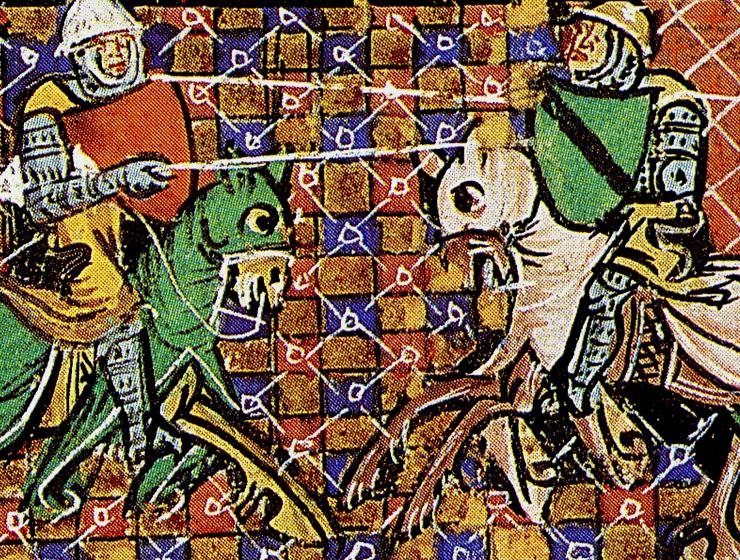A monta "à brida" e "à jineta" nas planícies da Península Ibérica – selas, arreios e protecção do cavaleiro cristão e muçulmano
Article Sidebar

Main Article Content
Franklin Pereira
Iberian Peninsula was the the main field of confrontation between the two basic riding schools of the Middle Ages: the one called "jineta", introduced in al-Andalus since the coming of Berber riders to the caliphate army; and the "brida" school, identified with the Christian armies of the north. Each riding way asks for different horse equipment, different protections for the rider, as well as different strategies of fighting. With the expulsion of the Muslim domination, followed by the frequent use of gun power, the "jineta" way was kept amidst bullfight on horse and games. The traditional Portuguese saddle seems to come from the jineta saddle; its decoration with metal nails is linked to the mandatory marks in the Caliphate horsegear of the 10th century. Documents of saddlers in the 16th century show that even today there are connections with the past.
Palabras clave
Islam, Chivalry, Saddles, Leather shields
Article Details
Cómo citar
Pereira, Franklin. «A monta "à brida" e “à jineta” nas planícies da Península Ibérica – selas, arreios e protecção do cavaleiro cristão e muçulmano». Mirabilia: electronic journal of antiquity and middle ages, n.º 8, pp. 108-35, https://raco.cat/index.php/Mirabilia/article/view/343277.